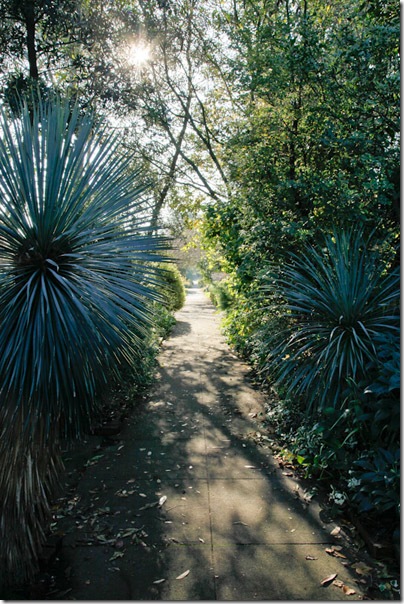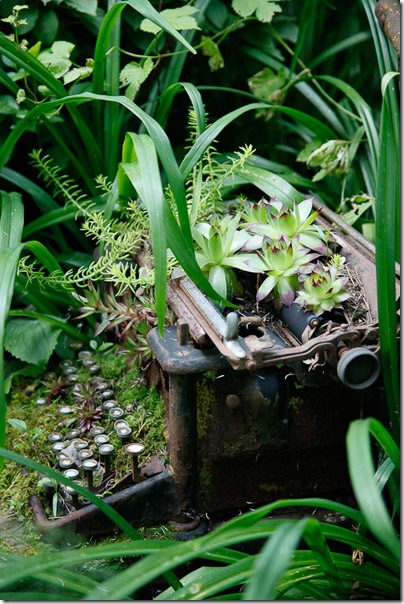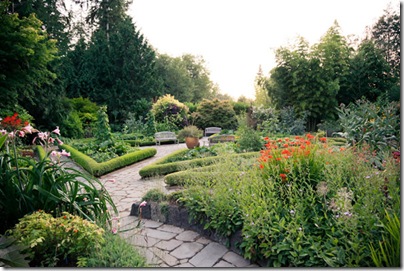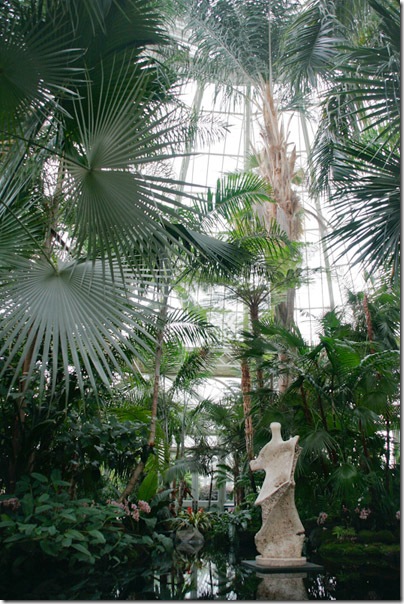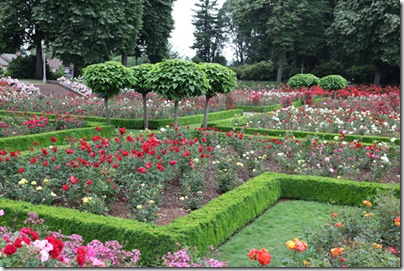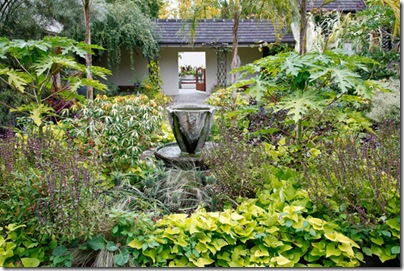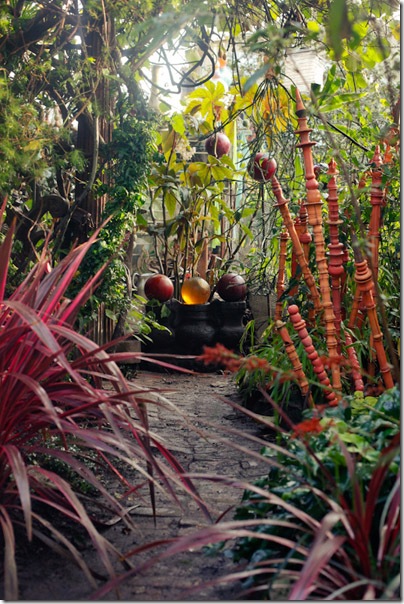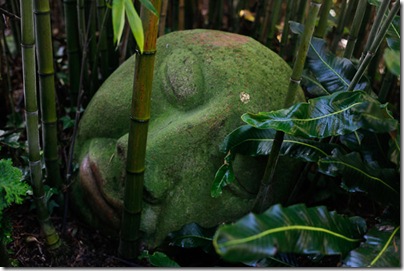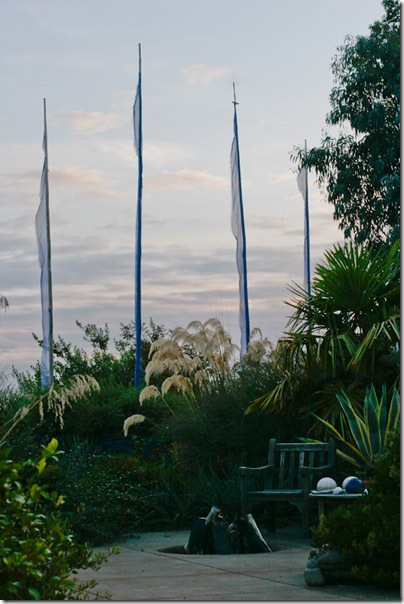Written by Josh McCullough
This is the second in a series of posts by Joshua McCullough, the creator of PhytoPhoto, a specialist collection of expertly identified botanical, horticultural and environmental photos; images supplied to a wide variety of print mediums.
Josh has been a judge for Picture This Photo Contest on multiple occasions. His work is outstanding: we value his contributions to GGW. Check out Josh’ first article in this series, On The Hunt….Fran Sorin
I sometimes sense there is an expectation for garden media- be it a glossy mag, a garden blog or from the book shelf, not to mix ones personal sensibilities up in the subject at hand. As if you should check your character at the proverbial garden gate and stick to the subject at hand- dirt and diseases and new varieties. Sure, there are some notable exceptions, but as a whole it is difficult to find garden media that could be described as revolutionary. It is a pretty, and pretty safe, sport.
I find this tendency soporific, and not in a happy pill kind of way. It is the over the top plants, art and keen sharp edge of design and gardens that keeps me coming back for more. And I sometimes wonder if the casual observer has any sense of the deep well of artistic rumination and deliberate study that is conjured out of sidewalk cracks and mulch piles in the American backyards and basements and on the grounds of our finest gardens. I wonder if the most remarkable work is obliterated in a deluge of disease resistant roses and lawn care products.
Ten years ago I walked into and through a small garden in Portland, OR that scared me. Literally. I remember feeling the same spine creeping sensation I had reading Joseph Conrad’s Heart of Darkness, entering into this garden was like going up the river. It was thickly grown and dark and textured like a nightmare. There were metal hands reaching out of the ground for the sky. Leaves much too large, grotesque. Foliage in brown, more animal than plant, shapes like melted plastic, none of the plants familiar. This is not what we are culturally primed to experience in the garden. It was a sensation I will never forget.
I have been looking for that depth of experience ever since- the experience of being transported. The effect of great art, great art made of and amongst our living media. A sensory experience. And yet you will not find gardening in any list of “art techniques and media”. Oxford says “the expression or application of human creative skill and imagination… producing works to be appreciated primarily for their beauty or emotional power”.Hmmmm…
In this second obsession post I’d like to bring you along to places that, for me, rise at the very least to that definition. As a photographer I think of my role more as a documentarian than artist. I chase the elusive potential of time and place and strive to create something that carries the power of that combination. Here I’ll concentrate not on such singular beauties as a clump of daisies on a perfect summer blue sky, but on my search for human creations that aspire to be more than pretty, to have some impact and perhaps dare I say to communicate something.
The combination of warm and cool colors and the immediacy that the day is coming to an end. This “window” in the trees is perfectly situated for summer sunsets here in the New Hampshire garden of Betsy and Mike Gordon.
Sean Hogan’s Portland sidewalk nearly always has a passer-by stopped, mouth agape, staring up and into the complex mix of plants that literally surround one. Though soft textured, the large powder blue Yucca rostrata are not for the faint of heart!
Nancy Goldman keeps a garden full of small touches and tidbits tucked in everywhere, from her shoe collection to this overgrown typewriter.
The vegetable potager at Heronswood incorporated stone work and tiny boxwood hedges to provide a sense of place, and both whimsical and bold plantings surrounding including the concrete creations of Little and Lewis, such as these “spores”. What hatched and where’s mama?
In a more classic vein, the Palm Room at NY Botanical Garden.
The design of the Peninsula Park “sunken” rose garden, maintained by the city of Portland, is more ingenious to the olfactory senses than visual. The quadrant filled by the formal rose garden is at least head height below the surrounding grade, allowing the rose scent to literally fill up the space on a still warm day.
The Teacup Garden at Chanticleer has been the annual creation of Jonathan Wright for a number of years now, featuring subtle and outrageous plant combinations, often simultaneously. The 2009 theme incorporated lots of gold and fruiting papayas and pineapples. In Pennsylvania!
Multiple generations of gardeners have grown up with Marcia Donahue and her Berkeley garden as an example of the hybridization between plants and art. She works it both way, bringing the plants into her sculpture just as much as she sculpts the plantings.
And from Windcliff, the garden of Robert Jones and Dan Hinkley, a small view of the Tibetan prayer flags that for some years presented themselves above the cliff.
Josh requested that I link to an earlier post that I wrote called The Soul Of A Garden; he feels that it overlaps with what he is discussing in this post. Fran





